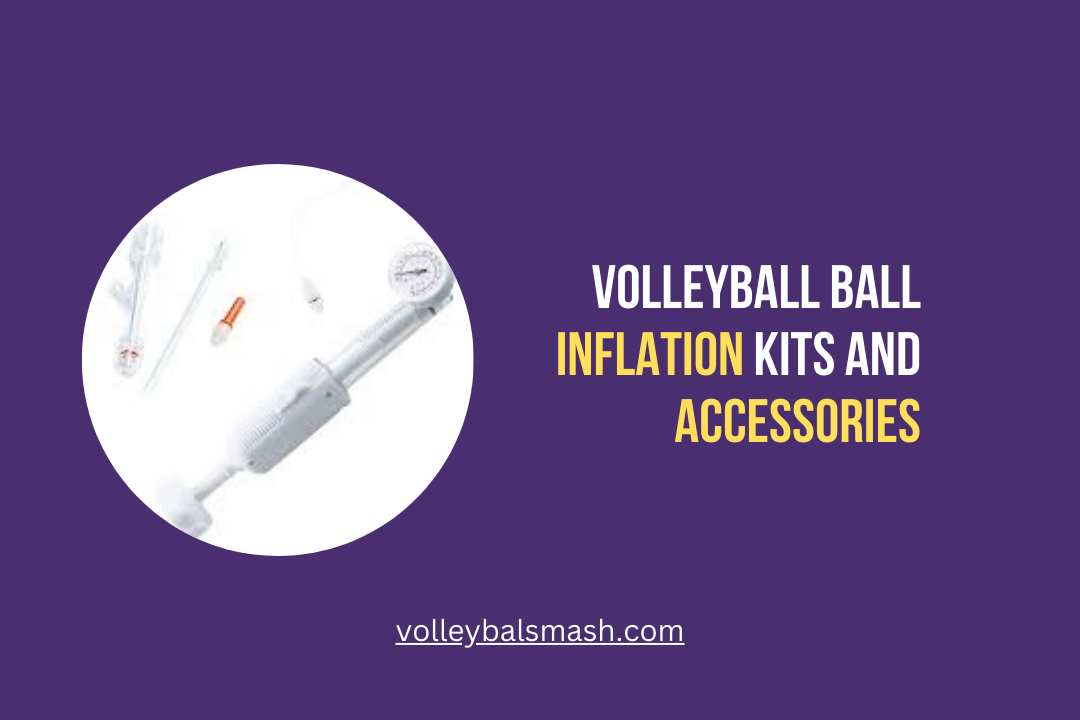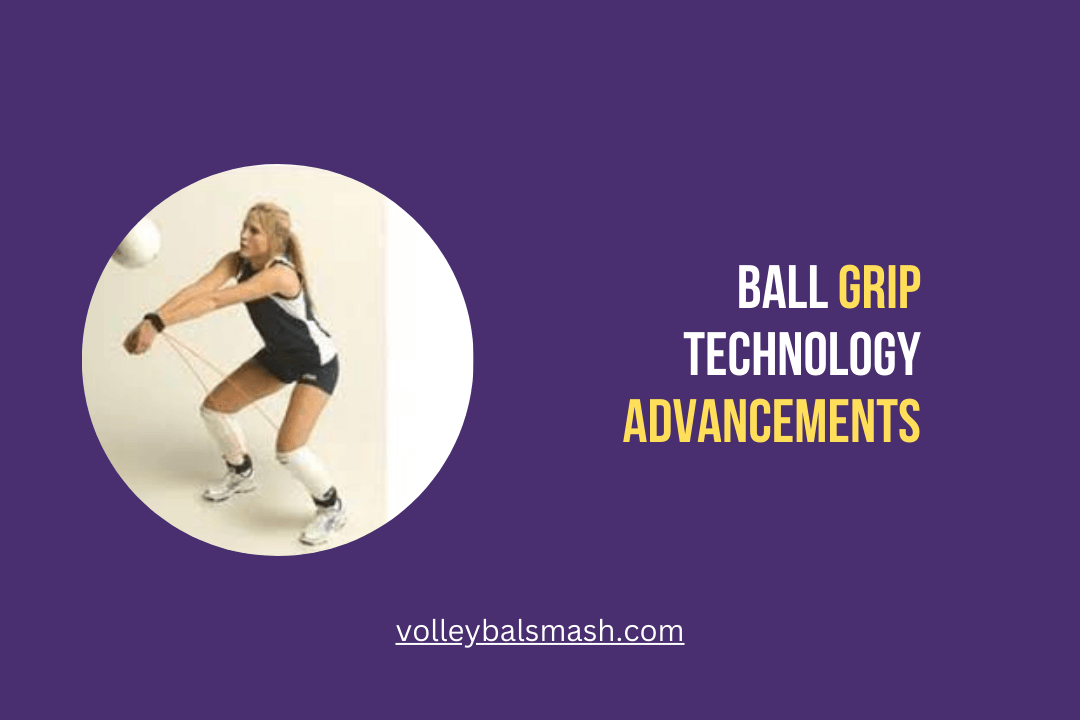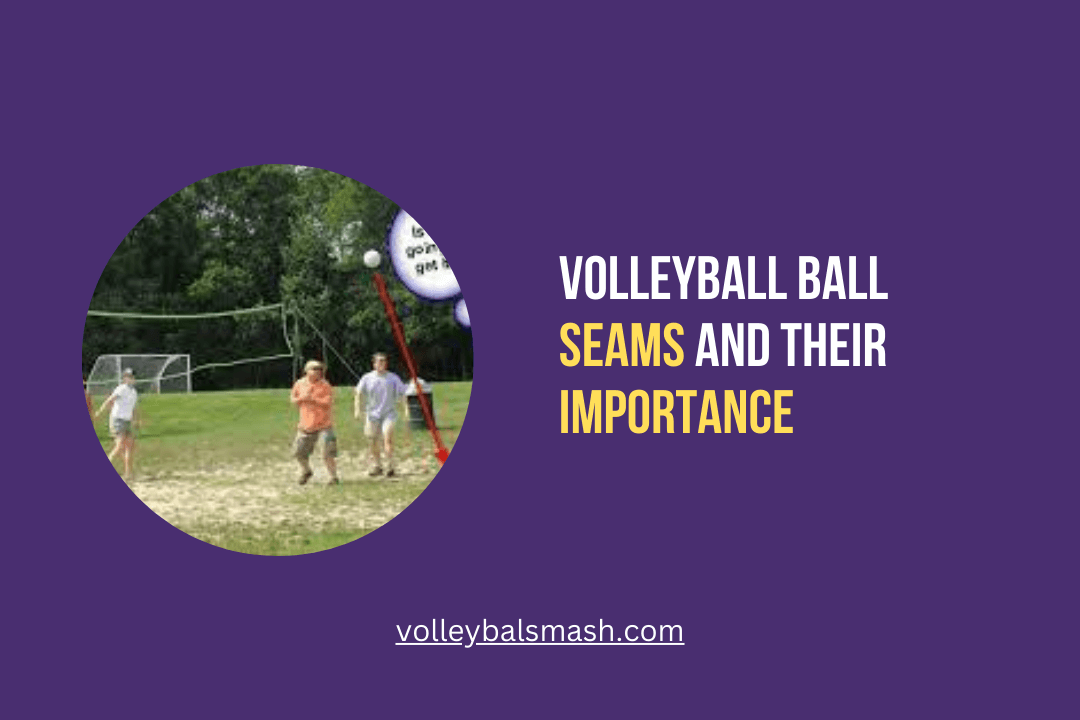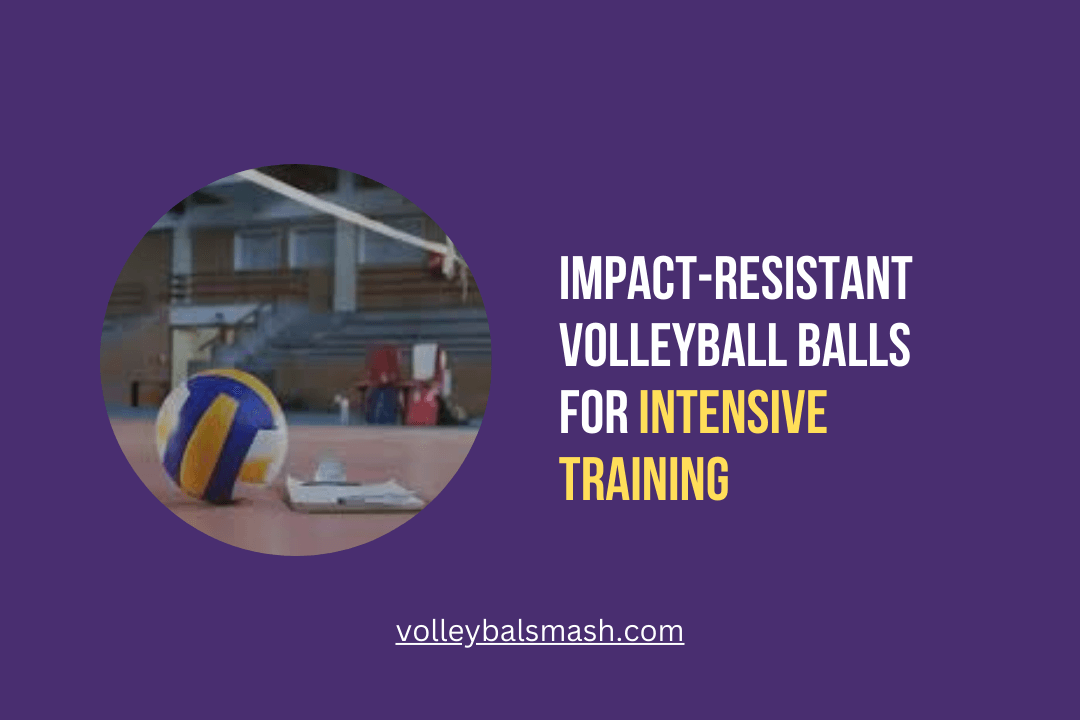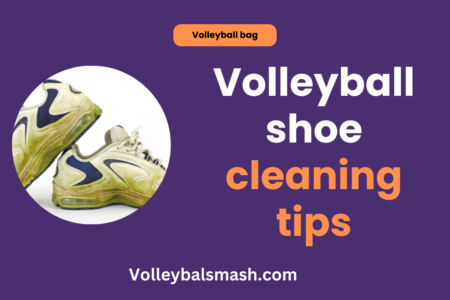Ensuring proper storage of your volleyball balls is essential for maintaining their quality and longevity. Whether you play casually with friends or on a competitive team, taking care of your equipment is crucial. In this post, we’ll provide you with expert tips on how to store your volleyball balls properly to keep them in the best condition possible.
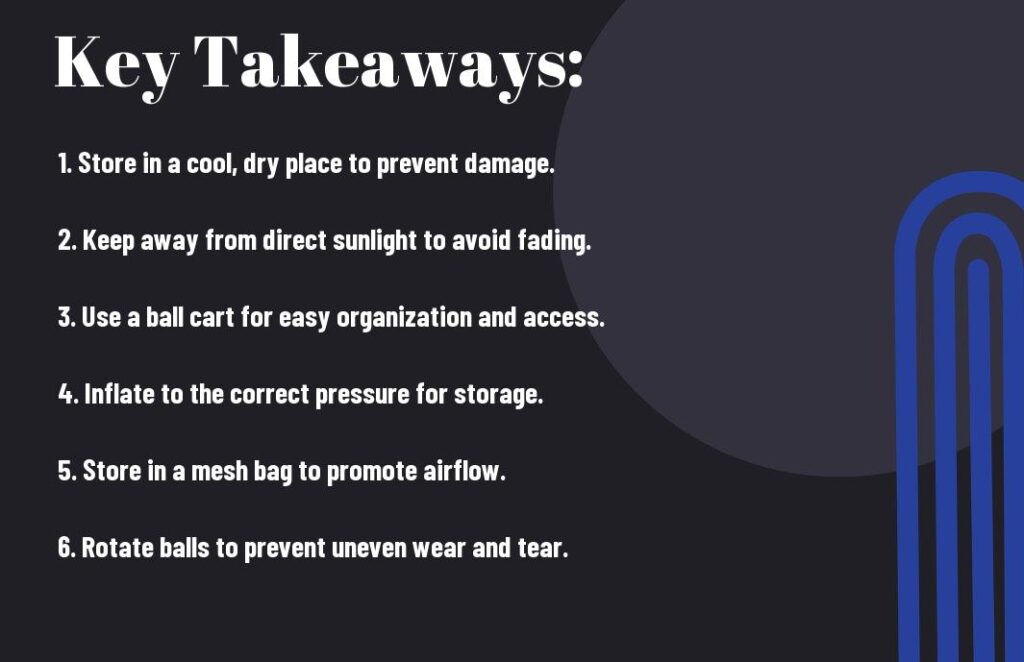
Understanding Volleyball Balls
Some people may underestimate the importance of proper storage for volleyball balls. However, the truth is that the condition of your volleyball balls can significantly impact your game. Proper storage helps preserve the integrity and performance of the balls, ensuring that they remain in top condition for as long as possible. To learn more about the best practices for storing volleyball equipment, you can also check out The Best Way to Store Volleyball Equipment.
Material and Structure
When it comes to volleyball balls, the material and structure play a crucial role in determining their durability and performance. High-quality volleyball balls are typically made of premium materials such as synthetic leather or microfiber composite. These materials are designed to withstand the rigors of intense gameplay while maintaining their shape and responsiveness. Additionally, the design and construction of the volleyball, including the number of panels and the bladder, can also impact its overall quality and performance.
Factors Affecting Durability
There are several factors that can affect the durability of volleyball balls. These include the quality of the materials used, the construction of the ball, and the environmental conditions in which it is stored. Exposure to extreme temperatures, moisture, and direct sunlight can accelerate wear and tear on the ball, compromising its performance and lifespan. Additionally, the frequency and intensity of use can also affect the durability of the ball. Knowing how to properly care for your volleyball balls is essential for maintaining their longevity and performance.
Unique design volleyball balls for collectors key takeaways
- Quality materials: The durability of a volleyball ball is heavily reliant on the quality of the materials used in its construction.
- Environmental conditions: Exposure to extreme temperatures, moisture, and direct sunlight can significantly impact the lifespan of volleyball balls.
- Frequency of use: The more frequently and intensely a volleyball ball is used, the faster it may show signs of wear and tear.
Indoor Storage Solutions
Any avid volleyball player knows the importance of properly storing their volleyballs in order to maintain their quality and performance. When it comes to indoor storage, there are a few key factors to keep in mind to ensure your volleyball balls stay in top condition.
Optimal Temperature and Humidity
One of the most important factors to consider when storing volleyball balls indoors is the temperature and humidity of the storage area. Extreme temperatures and high humidity can negatively affect the performance and lifespan of the balls. Ideally, you should aim to store your volleyball balls in an area with a consistent temperature of around 70 degrees Fahrenheit and a humidity level of 50-60%. Any higher or lower than these levels could result in damage to the balls.
| Temperature | Humidity |
| 70 degrees Fahrenheit | 50-60% |
Storage Racks and Containers
When it comes to actually storing your volleyball balls indoors, using the right racks and containers is essential. It’s important to keep the balls off the ground and away from any potential damage or hazards. Invest in sturdy storage racks or containers that are specifically designed for sports equipment storage. Make sure the containers have lids to protect the balls from dust and other contaminants, and that they are easily accessible for whenever you need to use them.
Outdoor Storage Strategies
Despite the need to properly store your volleyball balls outdoors, it’s important to ensure that they remain in top condition for use. If you want to learn more about storing balls in general, check out this How To Store Balls article for additional insights on ball storage.
Protection from Weather Elements
When storing your volleyball balls outdoors, it’s crucial to protect them from the elements. Extreme heat or cold can damage the materials and affect the ball’s performance. To prevent this, consider investing in a weather-resistant storage container or cover to shield the balls from rain, sun, and temperature fluctuations.
Secure Storage Tips
To prevent theft or vandalism, it’s important to secure your outdoor volleyball ball storage. Consider installing a locking mechanism or storing the balls in a fenced-in area. Additionally, you can use a heavy-duty chain or cable to secure the balls to a fixed object, such as a post or railing. Assume that if the balls are left unattended, they may become a target for theft or damage.
- Locking mechanism: Install a durable lock on your storage container to prevent unauthorized access.
- Fenced-in area: Utilize a secure, enclosed space to store your volleyball balls, reducing the risk of theft.
- Heavy-duty chain or cable: Use a strong chain or cable to secure the balls to a fixed object, deterring theft and tampering.
Maintenance and Care
Your volleyball balls are an important investment, and proper maintenance and care are essential to prolong their lifespan and ensure their optimal performance. By taking the time to regularly inspect and clean your volleyballs, as well as following inflation guidelines, you can keep them in top condition for a long time.
Regular Inspection Routines
It is crucial to establish a regular inspection routine for your volleyball balls. Before each use, check for any signs of wear and tear, such as cracks, tears, or excessive scuffing. Pay particular attention to the seams and ensure they are not coming loose. Additionally, make sure the ball is still holding its shape and is not losing air. Any compromised volleyball should be immediately taken out of play to prevent injury and maintain fairness in the game.
Cleaning and Inflation Guidelines
Proper cleaning of your volleyball balls is essential for maintaining their grip and performance. Use a soft, damp cloth to wipe down the surface of the balls after each use to remove any dirt and sweat. Do not use harsh chemicals or solvents, as they can damage the ball’s surface. Inflation guidelines should also be followed carefully, as over or underinflated balls can affect the game’s fairness and safety.
Volleyball ball stitching techniques explained
Use a pressure gauge to ensure the ball is inflated to the correct pressure recommended by the manufacturer. Overinflated balls can be dangerous and prone to bursting, while underinflated balls may not bounce properly and can cause injury.
Summing up Tips for Storing Volleyball Balls Properly
By following the tips for storing volleyball balls properly, you can ensure that your equipment remains in top condition and is always ready for use. Remember to keep your balls in a cool, dry place, away from direct sunlight and extreme temperatures. Also, make sure to store them in a way that prevents them from getting crushed or misshapen.
Finally, regularly inspect your balls for damage and replace them as needed. By taking these simple steps, you can prolong the lifespan of your volleyball balls and maintain their performance during gameplay.
FAQ
Why is it important to store volleyball balls properly?
Storing volleyball balls properly is important to maintain their shape, pressure, and texture. Improper storage can lead to loss of pressure, deformation, and damage to the ball, affecting its performance during play.
What is the best way to store volleyball balls?
The best way to store volleyball balls is to keep them in a cool, dry place, away from direct sunlight and extreme temperatures. It is also important to store them away from sharp objects and heavy items that could cause damage.
How often should volleyball balls be checked for proper storage?
Volleyball balls should be checked for proper storage at least once a month. This includes ensuring they are stored in the correct conditions and maintaining the appropriate pressure. Regular maintenance will help prolong the life of the balls and ensure they perform at their best during games.
